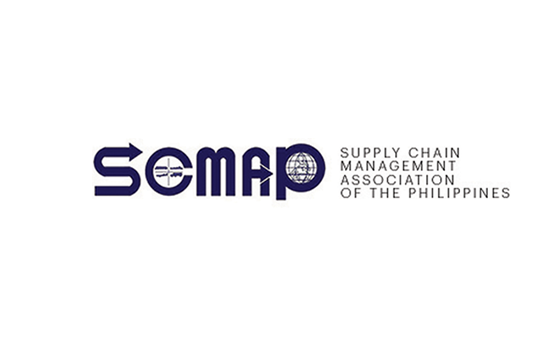When China emerged from its COVID-19 lockdowns in the middle of the last year, a new trend emerged: “revenge shopping.” This trend saw people spending a lot more than they usually would, seemingly making up for the time they lost when they were cooped up at home. Revenge shopping is partly responsible for China being the only country in the world to show growth in sales of luxury goods, as the rest of the world continued to grapple with pandemic hotspots and rising deaths.
Will we in the Philippines ever get our revenge (shopping)?
It’s almost a year and a half since we went into one form of lockdown or another, a lockdown that has never been formally lifted since. We can be forgiven for thinking that this is going to be where we’ll be for the foreseeable future. The government has loosened restrictions enough to allow most places to resume some semblance of normality, only recently allowing children (finally) to get out of the house. The malls are certainly becoming more animated, but you just know something is still amiss. I was at Megamall on a Saturday, and the crowds were just not like what they were on a pre-pandemic weekday. People still aren’t going out.
Yes, “contactless” forms of consumption, particularly e-commerce, have filled the gap somewhat. You can see it in how major logistics firms and start-ups alike are rushing to fill new demand that emerged in the past year or so. But, as I’ve mentioned in this column before, e-commerce can only get you so far. Almost 18 months in, Filipinos would want to spend on things beyond gadgets and home furnishings. You can be #TeamKahoy all you want, but sooner or later your feet will be having that #wanderlust itch—and those traveling to other parts of the country face differing requirements that can be inconsistent with national guidelines.
Other sectors that have a more qualitative impact on the economy have also been badly affected. The creative sectors, for one, have been badly hit, with physical gigs and events virtually on hold. The MICE sector may have transitioned to virtual events, but figuring out what participants truly want—more so responding to it—remains tricky. The uncertainty continuing to surround the Philippines’ future in a world with COVID-19 means many things continue to be on hold. We’d rather stay cooped up rather than spend, and the impact of that could be disastrous for the country in the long run, with economists and experts having a mixed outlook on our economic prospects in the coming years.
To be fair, the uncertainty is everywhere. Countries previously deemed as success stories are seeing new surges in COVID-19, particularly of the Delta variant. Taiwan has seen a surge. Australia keeps on returning to five-day lockdowns at a state level. The United Kingdom is inching towards lifting all restrictions despite expert advice. The United States has seen vaccination levels drop and new cases rise.
Also, to our credit, the country’s vaccination drive is showing signs of picking up; the Department of Health reported a record high number of doses administered late last week. However, supply issues, distribution troubles and vaccine hesitancy are complicating matters. There’s also the threat of the Delta variant, which is more transmissible and is behind most of the COVID-19 surges in recent months. Southeast Asia, for one, is becoming the variant’s hotspot, as countries like Indonesia and Thailand reintroduce restrictions to combat the spread. As for the Philippines, we’re still averaging 5,000 new cases daily—and, thanks to delayed and incomplete reporting, we don’t have a fuller picture of whether the Delta outbreak in our neighbors has reached our shores. Can we vaccinate fast enough to beat this surge on our doorsteps?
The government certainly isn’t in an enviable position, but once again, we’d like to chime in with a reminder: the battle for COVID-19 recovery does not rely solely on vaccinating at least 70% of the population. It also means looking after the hardest hit sectors and ensuring they have all the support they need to get back up on their feet, perhaps through economic stimulus packages or incentives. (Not to mention continuing to bolster our testing, tracing and confinement capacities.) The faster this happens, the faster we can go back to a normal that somewhat resembles the pre-pandemic one—and the more encouraged Filipinos will be to get back out there and, well, take revenge—by shopping. And traveling. And living as if the ongoing interregnum hasn’t happened. Free of face shields, we hope, we move forward.
Upcoming events: On July 23, SCMAP Visayas will hold an international summit (via Zoom) updating us on developments in ASEAN and around the world. On July 29, the next edition of SCMAP Live—presented in partnership with Vuealta and Anaplan—will look at whether supply chain basics are still relevant in the new normal. Learn more and register via scmap.org.
Henrik Batallones is the marketing and communications director of SCMAP, and editor-in-chief of its official publication, Supply Chain Philippines. More information about SCMAP is available at scmap.org.





